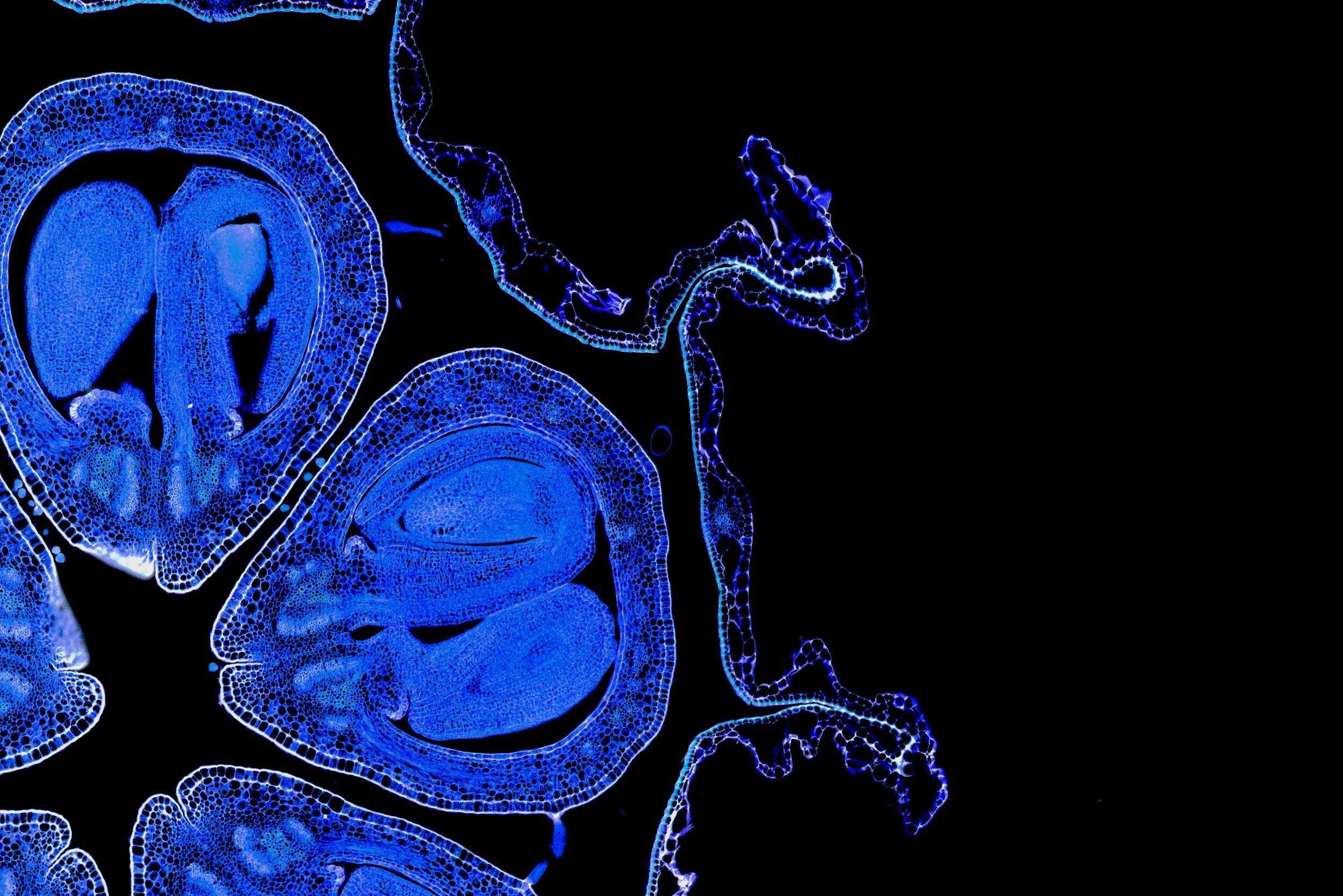
Publications
* Equal contribution. Please feel free to contact Minya for a copy if you cannot access any of these papers.
19. Min, Y., Ferreira, B, T., Yuan., Y. W. (2025). The Moment Symmetry Breaks: Spatiotemporal Dynamics of CYCLOIDEA Expression During Early Floral Development. Current Biology. DOI: 10.1016/j.cub.2025.10.076
Commentary by Xu & Roeder (2025) Plant Development: Building bilateral symmetry. Current Biology. https://doi.org/10.1016/j.cub.2025.10.034.
UIUC press release: https://sib.illinois.edu/news/2025-12-03/scientists-make-new-progress-understanding-how-flowers-are-built
18. Min, Y. (2025) Position and Identity, Two Separable but Inseparable Processes in Floral Meristem Patterning. Current Opinions in Plant Biology. doi.org/10.1016/j.pbi.2025.102785
17. LaFountain, A. M., Lin, Q., McMahon., H. E., Min, Y., Ding., B., Gurung, V., Seemann, J., Yuan., Y. W. (2024). A distinct foliar pigmentation pattern in monkeyflower formed by activator-repressor gradients upstream of an anthocyanin-activating R2R3-MYB. Cell Reports. doi.org/10.1016/j.celrep.2024.114444.
16. Johns, J., Min, Y., Ballerini, E. S., Kramer, E. M., & Hodges, S. A. (2024) Loss of staminodes in Aquilegia jonesii reveals a fading stamen-staminode boundary. EvoDevo. doi.org/10.1186/s13227-024-00225-3
15. Min, Y., & Kramer, E. M. (2022) All’s Well that Ends Well: The Timing of Floral Meristem Termination. Invited Tansley Insight; accepted by New Phytologist.
* Popular science summary: plantae.org/review-how-floral-meristem-termination-shapes-flowers/
14. Min, Y., Ballerini, E. S., Edwards, M. B., Hodges, S. A., Kramer, E. M. (2022) Genetic architecture underlying variation in floral meristem termination in Aquilegia. The Journal of Experimental Botany. erac277, doi.org/10.1093/jxb/erac277
13. Min, Y.*, Conway, S. J.*, & Kramer, E. M. (2022) Quantitative live-imaging in Aquilegia floral meristems. Bio-protocol. 12(12): e4449. DOI: 10.21769/BioProtoc.4449.
12. Min, Y.*, Conway, S. J.*, & Kramer, E. M. (2022) Quantitative live-imaging of floral organ initiation and floral meristem termination in Aquilegia. Development 149 (4): dev200256. doi.org/10.1242/dev.200256
* Selected as Research Highlight of the issue: Build me up, buttercup.
* Interviewed by The people behind the papers.
* Interviewed by No Time To Read podcast (S1E5)
11. Edwards, M. B., Choi, G. P., Derieg, N. J., Min, Y., Diana, A. C., Hodges, S. A., ... & Ballerini, E. S. (2021). Genetic architecture of floral traits in bee-and hummingbird-pollinated sister species of Aquilegia (columbine). Evolution. https://doi.org/10.1111/evo.14313
10. Min, Y., & Kramer, E. M. (2020). Transcriptome profiling and weighted gene co-expression network analysis of early floral development in Aquilegia coerulea. Scientific Reports. https://www.nature.com/articles/s41598-020-76750-7
9. Ballerini, E. S., Min, Y., Edwards, M. B., Kramer, E. M., & Hodges, S. A. (2020). POPOVICH, a C2H2 transcription factor, plays a central role in the development of a key innovation, floral nectar spurs, in Aquilegia. PNAS. https://doi.org/10.1073/pnas.2006912117
* Read the press release from Harvard University and University of California Santa Barbara.
8. Henkhaus, N. A., … Min, Y., … & Stern, D. B. (2020) Plant Science Decadal Vision 2020–2030: Reimagining the Potential of Plants for a Healthy and Sustainable Future. Plant Direct. https://doi.org/10.1002/pld3.252
* to learn more about the Plant Summit 3 and Plant Science Decadal Vision, visit this webinar.
7. Zhang, R., Min, Y., Holappa, L. D., Walcher-Chevillet, C. L., Duan, X. S., Donaldson, E., Kong, H. Z., & Kramer, E. M. (2020). A role for the Auxin Response Factors ARF6 and ARF8 homologs in petal spur elongation and nectary maturation in Aquilegia. New Phytologist. https://doi.org/10.1111/nph.16633
6. Ickert-Bond, S. M., Sousa, A., Min, Y., Loera, I., Metzgar, J., Pellicer, J., Hidalgo, O., & Leitch, I. J. (2020). Polyploidy in gymnosperms – Insights into the genomic, ecological and evolutionary consequences of polyploidy in Ephedra. Molecular Phylogenetics and Evolution. https://doi.org/10.1016/j.ympev.2020.106786
5. Meaders, C., Min, Y., Freedberg. K., & Kramer, E. M. (2020). Developmental and molecular characterization of novel staminodes in Aquilegia. Annals of Botany. https://doi.org/10.1093/aob/mcaa029
4. Min, Y.., Bunn, J. I., & Kramer, E. M. (2019). Homologs of the STYLISH gene family control nectary development in Aquilegia. New Phytologist. 221(2), 1090-1100.
* Imani was the first student I mentored and her senior thesis became part of this paper. Super proud!
* Commentary: How to be STYLISH: columbine study sheds new light on the obscure mechanisms of nectary formation.
3. Min, Y., & Kramer, E. M. (2017). The Aquilegia JAGGED homolog promotes proliferation of adaxial cell types in both leaves and stems. New Phytologist. 216(2), 536-548.
* My proud first first-author publication! JAG is one of my fav genes because of this.
2. Wang, H., Talavera, M., Min, Y., Flaven, E., & Imbert, E. (2016). Neutral processes contribute to patterns of spatial variation for flower color in the Mediterranean Iris lutescens (Iridaceae). Annals of Botany, 117(6), 995-1007.
1. Huang, S., ... Min, Y., ... & Yu, J. (2013). Draft genome of the kiwifruit Actinidia chinensis. Nature Communications, 4:2640.
